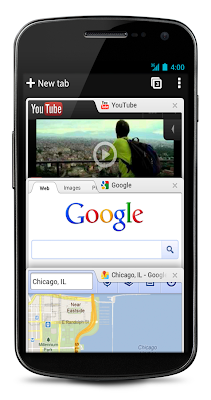Nor is that sort of behavior unusual. About 45 percent of respondents polled by Nielsen who own both smart phones and tablets say they routinely multitask while watching television.
Separately, Velti commissioned a nationwide U.S. poll that indicated nearly 60 percent of mobile users planned to look at, or use their mobile device, during this year's Super Bowl.
The study, conducted by Harris Interactive, also suggested that 30 percent of viewers under the age of 45 would be watching the game with their device in hand, while 47 percent of all viewers age 18 and older expected to check or use their device up to 10 times during the game.
You might say much television viewing has become a two-screen experience, with complicated implications for content marketing or advertising. On one hand, the Google data suggests users were prompted to engage more heavily with brands featured during commercial breaks during the Super Bowl.
On the other hand, the Velti study suggested 13 percent of viewers were likely to use their mobile devices during game play. About 26 percent reported they were likely to look at or use their mobile device during commercial breaks.
So commercial breaks were twice as likely to be the times when users were turning to the second screen. For advertisers spending $3.5 million for each 30-second spot, use of the second screen might be seen as a positive.
“Mobile is the second screen that completes the full circle of user engagement, turning advertising into content," said Krishna Subramanian, Velti chief marketing officer.
That might be true when the content users are looking for on the second screen is related directly to a brand’s ad and message.
On the other hand, users often will be multitasking in other ways that compete with TV ads--at the Super Bowl or not--for attention. A study by Razorfish and Yahoo found that 38 percent of survey respondents found use of the Internet on a mobile or tablet device, watching TV, an enhancement to the viewing experience.
That suggests an opportunity to build more directly on television as a “two screen” experience, rather than a single screen experience. TV executives with long memories will remember the last 30 years of thinking about “interactive TV,” when researchers, suppliers and pundits looked for ways to create compelling experiences based on viewer input and response.
As it turns out, users already have voted on how they want to interact, and it involves the Internet and a second screen of some sort, including PCs, notebooks, tablets and smart phones.
The Razorfish study suggests the top five content categories that seem to encourage multitasking are:
- Reality shows
- News programs
- Comedy episodes
- Sports events
- Food programming
According to an analysis by Altimeter Group, 32 percent of the ads had no references to websites or social media sites, And only Best Buy had an "Act Now" promotion.
Mobile devices now make TV a "two screen" experience.


